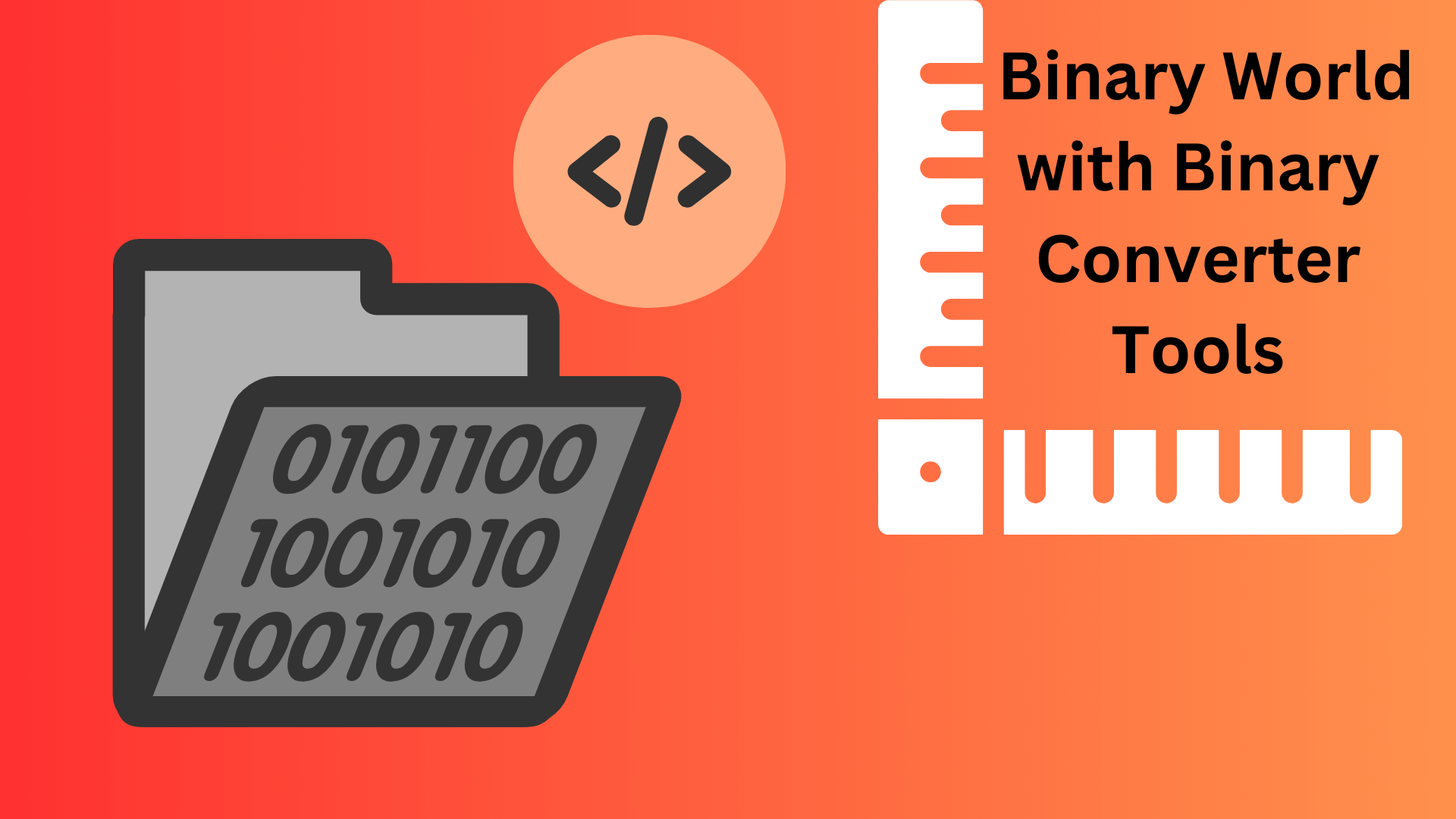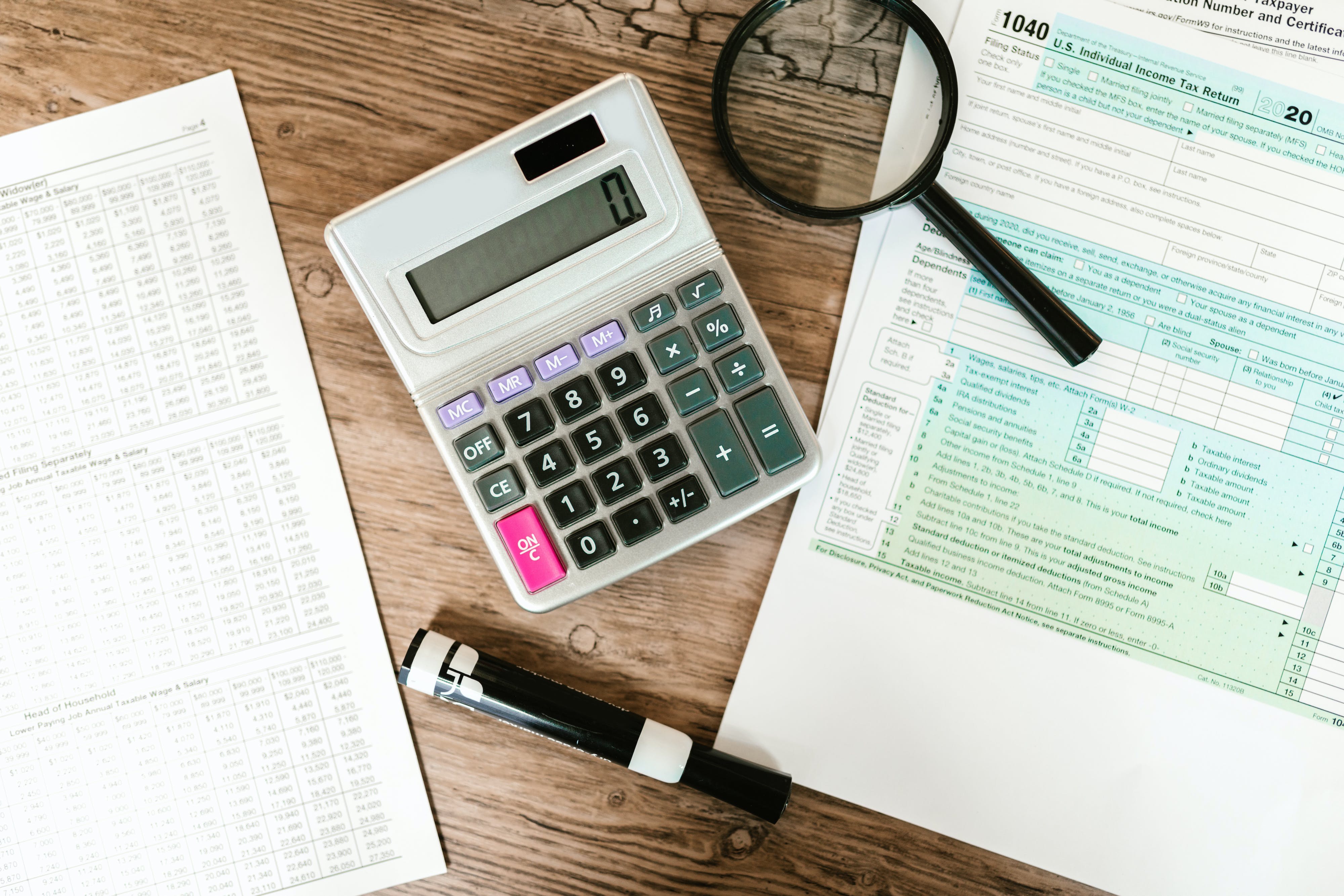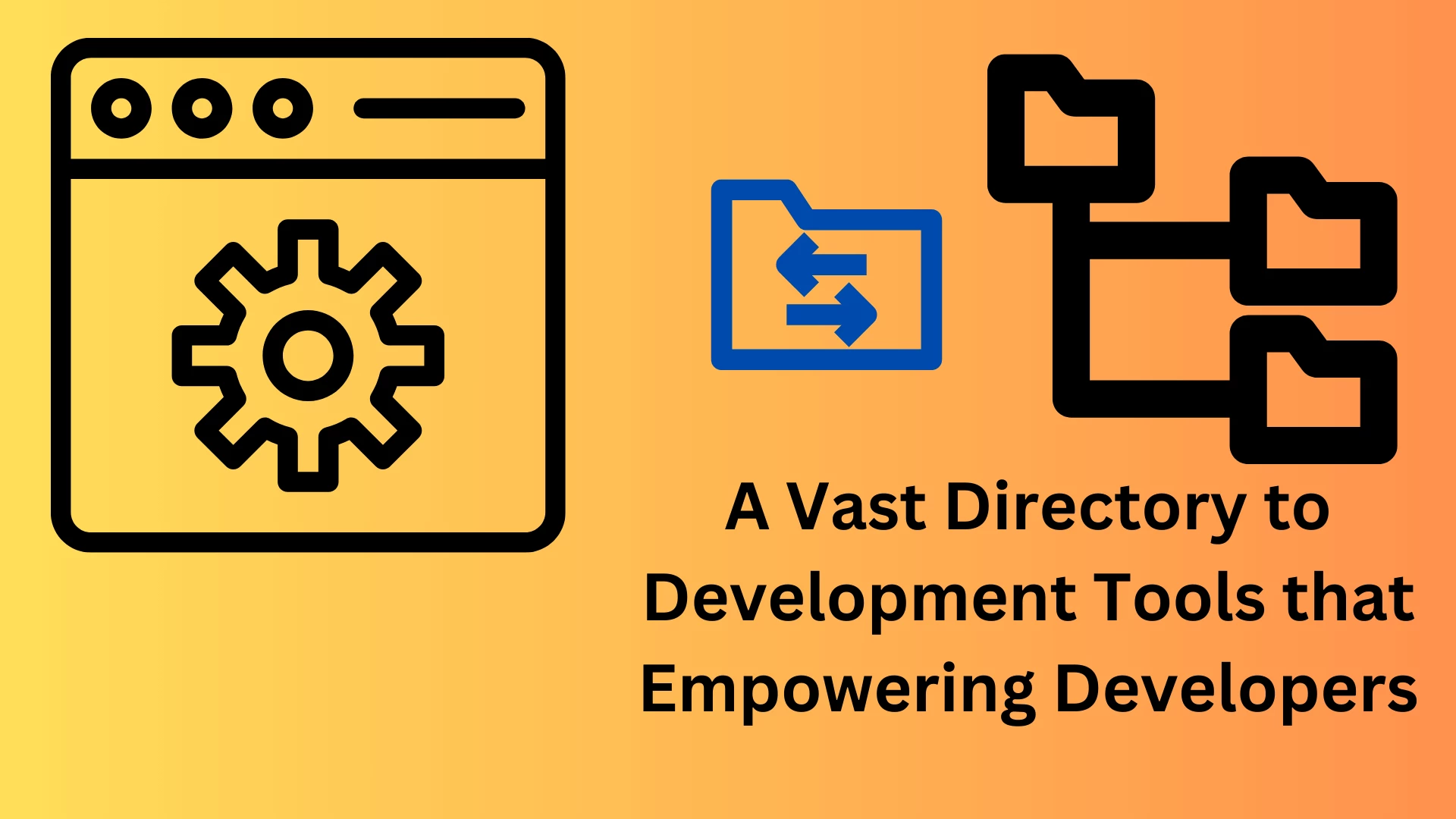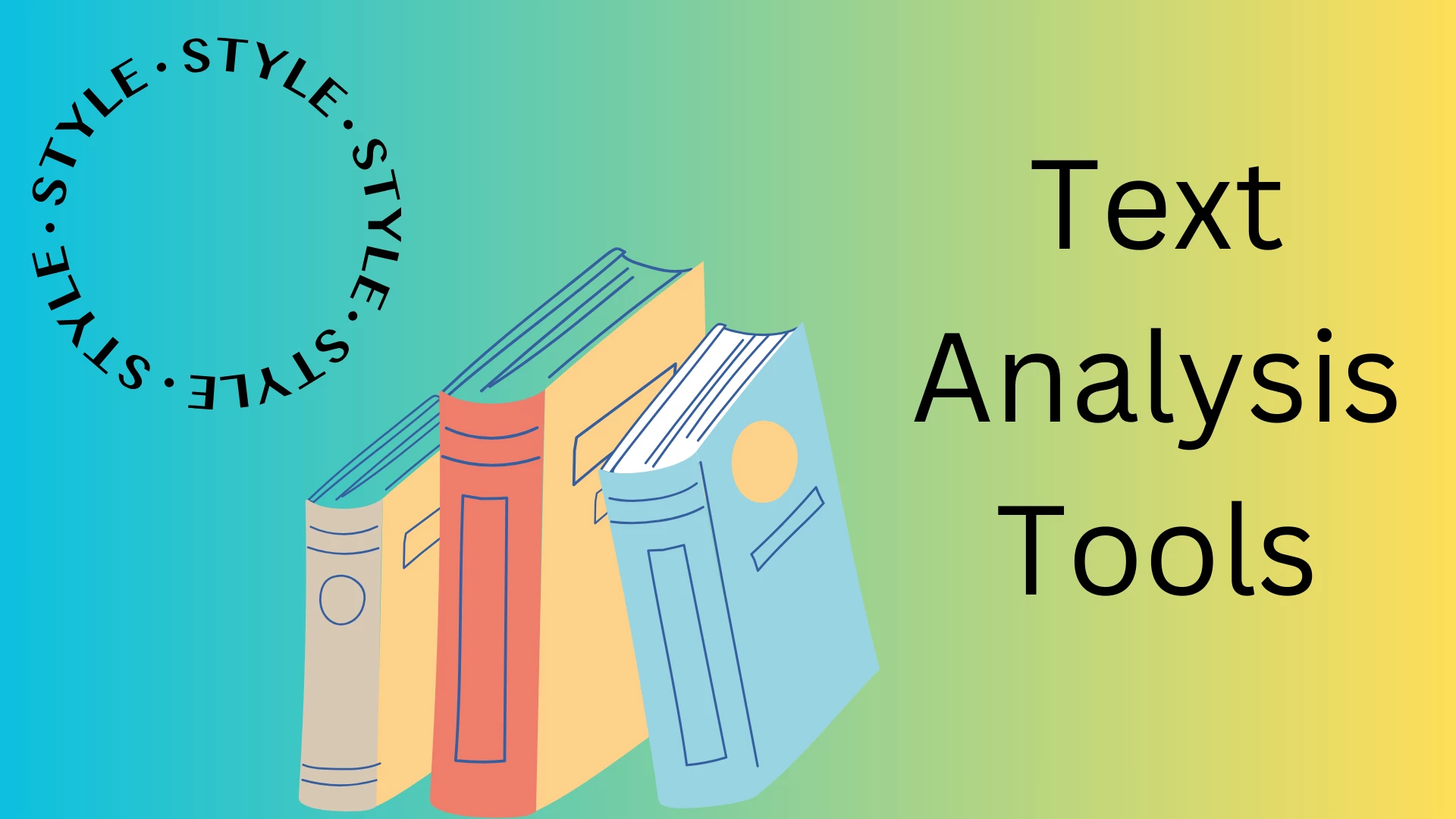
Binary World with Binary Converter Tools
What is a Binary Converter Tool?
Guiding the Binary World with Binary Converter Tools: An Extended Handbook
Introduction
In the realm of computers and digital technology, binary numbers reign supreme. These strings of 1s and 0s represent the fundamental language of machines. Enabling them to process, store, and send information. But, the intricate nature of binary code can often pose challenges for those unfamiliar with its intricacies. Binary converter tools have emerged as indispensable allies. Bridging the gap between the human world of words and numbers and the digital realm of binary code.
What is a Binary Converter Tool?
A binary converter tool is a software application or online service. That facilitates converting binary numbers and other numerical formats. such as decimal, hexadecimal, and octal. These tools are crucial in computer science, programming, and digital communication.

How do you use Binary Converter Tools?
Utilizing binary converter tools is straightforward, involving these steps:
- Select a Tool: Choose a reputable binary converter tool from a trusted source.
- Access the Tool: Open the tool's website or application.
- Identify Conversion Type: Specify the type of conversion you want to perform, such as binary to decimal or decimal to binary.
- Enter Input Value: In the designated input field. Enter the numerical value you want to convert.
- Select Output Format: Choose the output format you want the converted value to display. such as decimal, hexadecimal, or octal.
- Execute Conversion: Click the 'Convert' or 'Calculate' button.
- View Result: The converted value will be displayed in the output field.
What are the pros and cons of using these Binary Converter Tools?
Pros:
- Accuracy: Reputable binary converter tools use sophisticated algorithms to ensure accurate conversions.
- Convenience: These tools are accessible online or on mobile devices, offering comfort.
- Versatility: They support various conversion options, including
- binary to decimal,
- decimal to binary, and
- conversions between other numerical formats.
- Ease of Use: They are designed to be user-friendly. Making them accessible to individuals with varying technical expertise.
Cons:
- Limited Features: Some free tools may offer limited features compared to paid counterparts.
- Internet Reliance: Online tools need an internet connection, limiting accessibility in offline environments.
- Potential Errors: Errors may arise from incorrect input values or misinterpretation of formats.
How do you choose the most accurate Binary Converter Tools for use?
When selecting binary converter tools, consider these factors:
- Reputation: Opionst for devices from reputable sources. With a history of providing accurate conversions.
- User Reviews: Read user reviews to
- gain insights into the tool's accuracy,
- ease of use, and
- overall performance.
- Feature Range: Ensure the tool offers specific conversion options. And features you need.
- Cross-Platform Compatibility: Choose a tool compatible with your preferred device or operating system.
- Accessibility: Select a tool that provides
- clear instructions,
- easy navigation, and
- support for various languages.
What can you do with these Binary Converter Tools?
Binary converter tools have a wide range of applications in various domains:
- Software Development: Convert binary code to human-readable formats for debugging. And analyzing software programs.
- Digital Communications: Convert binary data between different communication protocols and formats.
- Computer Hardware: Understand the binary representation of data stored in computer registers and memory.
- Cybersecurity: Decrypt and analyze binary data for security purposes.
- Education: Assist students in learning and understanding binary representation of numbers and data.
Some Example Binary Convert Tools
Text to Binary
This tool converts a text string into its binary representation. The binary is a base-2 number system that uses only the digits 0 and 1. Each character in the text string is represented by a unique 8-bit binary code.
Binary to Text
This tool converts a binary string into its corresponding text string. It takes the binary code and converts it into original character encoding.
HEX to Binary
This tool converts a hexadecimal number into its binary representation. Hexadecimal is a base-16 number system. That uses the digits 0 through 9 and the letters A through F. A unique 4-bit binary code represents each hexadecimal digit.
Binary to HEX
This tool converts a binary string into its corresponding hexadecimal number. It takes the binary code. And converts it back into the original hexadecimal representation.
ASCII to Binary
This tool converts an ASCII character into its binary representation. ASCII is a 7-bit character encoding. That represents 128 characters, including letters, numbers, and punctuation marks. A unique 7-bit binary code represents each ASCII character.
Binary to ASCII
This tool converts a binary string into its corresponding ASCII character. It takes the binary code and converts it into the original ASCII representation.
Decimal to Binary
This tool converts a decimal number into its binary representation. Decimal is a base-10 number system that uses the digits 0 through 9. Each decimal integer is represented by a unique group of binary digits.
Binary to Decimal
This tool converts a binary string into its corresponding decimal number. It takes the binary code. And converts it back into the original decimal representation.
Text to ASCII
This tool converts a text string into its ASCII representation. It takes the text string. And converts each character into its corresponding ASCII code.
ASCII to Text
This tool converts an ASCII string into its corresponding text string. It takes the ASCII code and converts it into the original text representation.
HEX to Decimal
This tool converts a hexadecimal number into its decimal representation. It takes the hexadecimal number. And converts each digit into its corresponding decimal value.
Decimal to HEX
This tool converts a decimal number into its hexadecimal representation. It takes the decimal number and converts it into the corresponding hexadecimal digits.
Octal to Binary
This tool converts an octal number into its binary representation. Octal is a base-8 number system that uses the digits 0 through 7. Each octal digit is represented by a unique 3-bit binary code.
Binary to Octal
This tool converts a binary string into its corresponding octal number. It takes the binary code and converts it into the original octal representation.
Octal to Decimal
This tool converts an octal number into its decimal representation. It takes the octal number. And converts each digit into its corresponding decimal value.
Decimal to Octal
This tool converts a decimal number into its octal representation. Octal is a base-8 number system that uses the digits 0 through 7. Each decimal integer is represented by a unique group of octal digits.
HEX to Octal
This tool converts a hexadecimal number into its octal representation. It takes the hexadecimal number. And converts each digit into its corresponding octal value.
Octal to HEX
This tool converts an octal number into its hexadecimal representation. It takes the octal number and converts it into the corresponding hexadecimal digits.
Text to Octal
This tool converts a text string into its octal representation. It takes the text string. And converts each character into its corresponding octal code.
Octal to Text: This tool converts an octal string into its corresponding text string. It takes the octal code and converts it into the original text representation.
Text to HEX
This tool converts a text string into its hexadecimal representation. It takes the text string. And converts each character into its corresponding hexadecimal code.
HEX to Text
This tool converts a hexadecimal string into its corresponding text string. It takes the hexadecimal code. And converts it back into the original text representation.
Text to Decimal
This tool converts a text string into its decimal representation. It takes the text string. And converts each character into its corresponding ASCII code. Then, it adds up the ASCII codes to get the decimal representation.
Decimal to Text
This tool converts a decimal number into its corresponding text string. It takes the decimal number. And converts it into its ASCII representation. Then, it constructs the text string from the ASCII codes.
Conclusion
Binary converter tools have become indispensable for individuals from all walks of life. Simplifying the complexities of binary code and bridging the gap between the human and digital worlds. By harnessing the power of these tools, we can navigate the binary realm. Gaining a deeper understanding of the fundamental language of computers and digital technology. As technology advances, we expect binary converter tools to become even more sophisticated. Offering enhanced features, expanded conversion options, and seamless integration with our daily lives.








